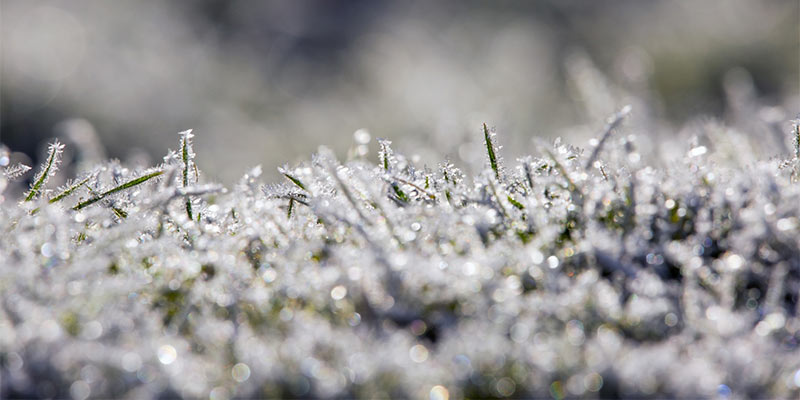
Some people believe that when the weather starts getting colder and the leaves start to fall, it is time to put away the gardening tools and wait until next spring to work on their garden again. Wrong. Winter is an important time to maintain your garden’s health and assure yourself a good crop for next year. You might have considered getting some help with the maintenance of your garden from a local gardener, as you may think that it might take too long to prepare your garden, but the truth is that it takes less than one day to prepare your garden for the upcoming winter.
When the night-time temperatures drop to less than forty-five degrees Fahrenheit for more than four days in a row, or frost is forecasted for your area (usually around late October or November) you know it’s time to begin preparing your garden. You should begin by evaluating your garden design, check which plants grew well in the past season, and which plants did not do well. Autumn is a good time to decide which plants will remain in your garden next year, and which ones should go.
It is also a good time to decide which new plants you want to grow. To make your garden more colourful and healthier, be sure only to plant the hardier plants during the autumn so that they can withstand the winter. Some plants that will do fine being planted in autumn are: rudbeckia, Aster Novi-belgii, Anemone Japonica, panicle hyandea, endive, escarole, and Brussels sprouts. You can find all of these and more in gardening magazines or your local nursery.
After you have finished this you should begin cleaning up your garden. Begin by pulling out weeds that may have cropped up and raking autumn leaves. Weeds and rotten leaves can carry insects and diseases that might be harmful to your garden. You should also rid your garden of spent annual plants and harvest your vegetables and other plants that cannot withstand the winter weather. After autumn has come and gone, the leaves will be off your trees and you can see the rotten branches. Trimming off the unwanted branches from your trees isn’t necessary to your gardens health but may help later on by not dropping branches on your plants and not blocking too much of the sun.
If you have younger trees you should consider wrapping them and supporting them with stakes to help them survive the winter wind and cold. Putting mulch over your garden for the winter can be a helpful way to protect plants from sudden temperature changes and heavy snow. For mulch you can use about five inches of shredded bark, pine needles, or a variety of other materials. You have to be careful not to mulch too early, because some insects may still be alive and able to take shelter in it for the winter.
Once you are finished with your gardening tools you should clean them and make sure they are in a safe place where they won’t rust, and you know where they’ll be for next year. Before winter comes you should always set out slug repellent, as slugs are one of the worst bugs to have in your garden. If you have a pool or fountain in your garden, be sure to take out any fish that you have in them and bring them inside.
